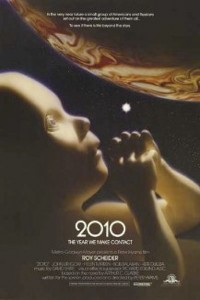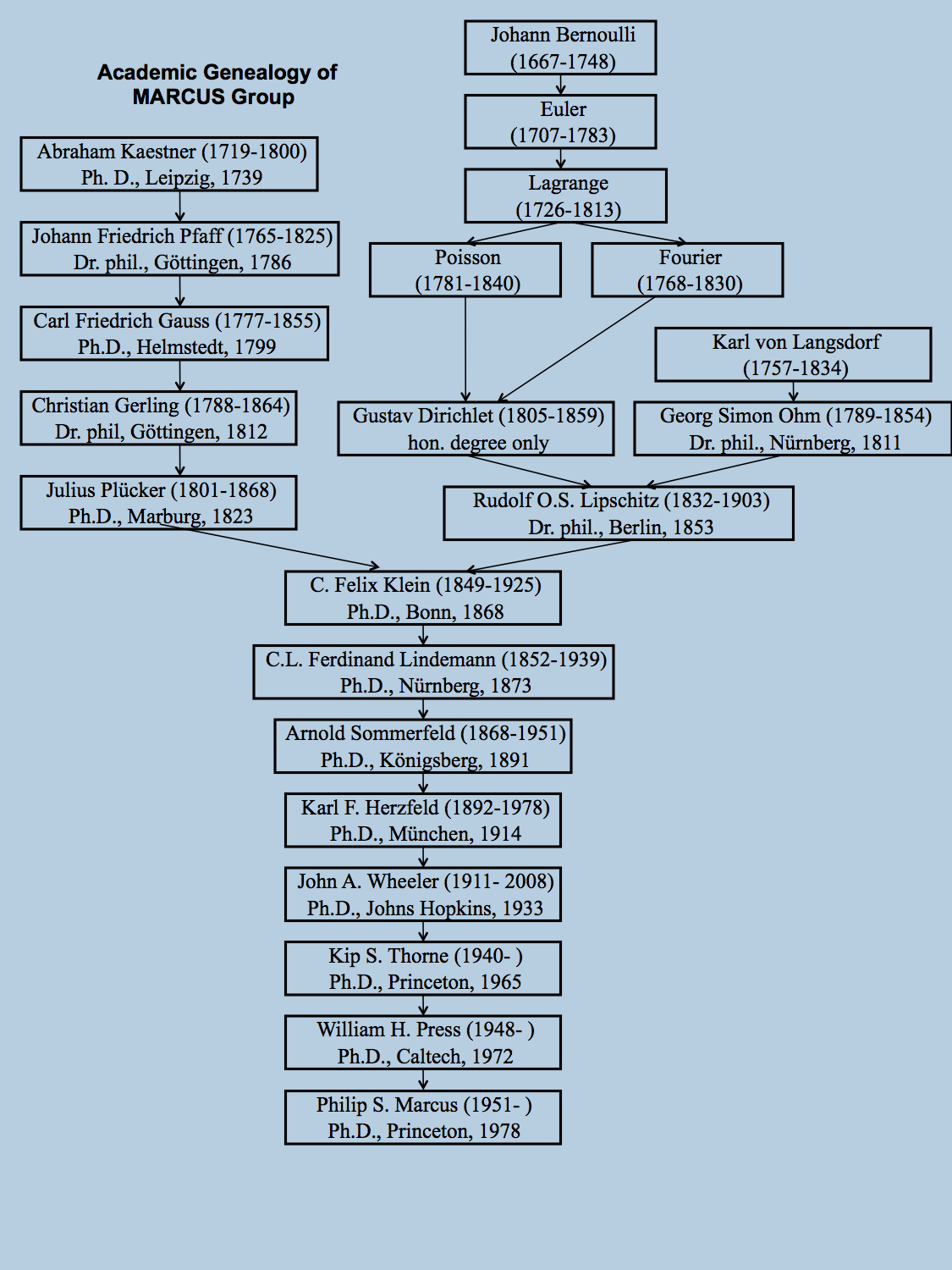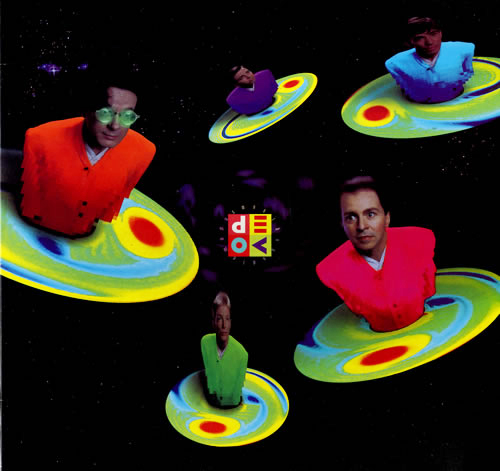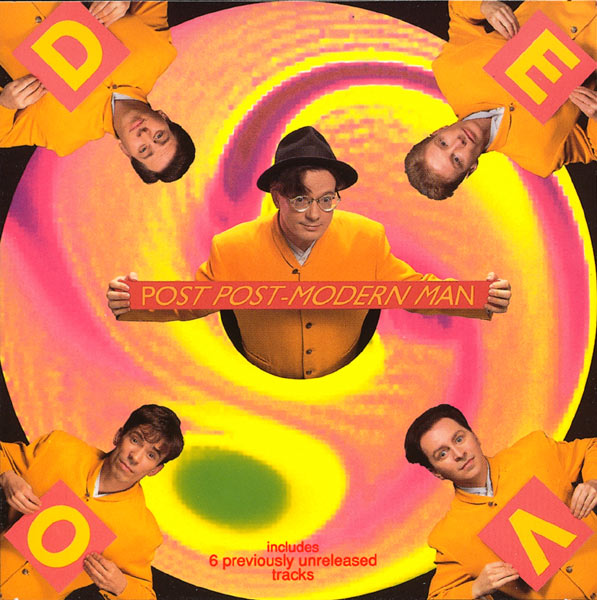Rock & Roll: DEVO

Sometimes research takes an unusual twist. One particular twist led to some images of our calculations being used as the album art for the CDs of Smooth Noodle Maps and Post Post-Modern Man, by the rock group Devo. That same research also led to an offer from MGM to do the special effects for the movie 2010, the sequel to 2001: A Space Odyssey, and to set up the first CGI lab at MGM. The year was 1987, and both offers were declined.
The album art and MGM offers came about because in 1986 it was difficult to make computer videos. That year we made two videos (below). The “videos” were actually 16 movies made by photographing a very small, very flat screen of a black-and-white cathode ray display. Color was obtained by photographing each image three times: once with a green, once with a blue and once with a red filter. The work was part of a project to illustrate the results obtained from our computer simulations of the Great Red Spot of Jupiter. The two movies below were made by Nicholas Socci (Director of the Bioinformatics Core at Memorial Sloan-Kettering Cancer Research), who was then an undergraduate physics major at Harvard College. Even though the internet had not yet been created, the movies went viral and images from the movies turned up in the strangest places, ranging from Outdoor Magazine to the New York Times Science Section.

The two movies show the vorticity (with each color representing a different value) in a calculation designed to mimic the physics of Jupiter. The movie that begins with one large red and one large blue vortex (left) shows that the red vortex (which is an anticyclone) comes to an elliptically shaped equilibrium in the shearing winds of Jupiter, while the blue vortex (a cyclone) is ripped apart by the shear. The movie that begins with an approximately axisymmetric ring of red (anticyclonic) vorticity (right) shows that an anticyclonic vortex layer is unstable when it is embedded in anticyclonic shear. The most unstable mode has m=3 and the red annulus breaks up into 3 vortices, which then merge together. The break up of the annulus is due to an unstable Rossby wave. Curiously, 25 years after this movie was made, people are still studying the same problem, except that this time the physics is for modeling Rossby waves and the creation of vortices in protoplanetary accretion disks. The same physics yields the same results, and people are still creating movies very similar to those on this webpage.
Mathematical Genealogy
When mathematicians and scientists receive their PHDs they acquire a second family: their academic genealogy, which is inherited from that of their advisors’. Below is the academic family tree of everyone in the CFD lab, dating all the way back to Bernoulli and Fourier.




